B300053980_1700 from: https://www.gbif.org/species/7808730
Introduction
In the vast and captivating world of bryophytes, one particular moss species stands out for its unique characteristics and ecological significance – the Streblotrichum obtusifolium (Hilp.) P.C.Chen. Belonging to the Pottiaceae family, this unassuming yet remarkable moss is commonly referred to as Streblotrichum.
Background
Before delving into the intricacies of this fascinating plant, it’s essential to understand the broader context. Bryophytes, which include mosses, liverworts, and hornworts, are among the oldest and most primitive land plants on Earth. These resilient organisms have played a crucial role in the colonization of terrestrial environments, paving the way for the evolution of more complex plant life.
Main Content
Morphology and Identification
Streblotrichum obtusifolium is a small, acrocarpous moss that forms dense, cushion-like tufts or mats. Its leaves are oblong-lanceolate, with a distinctive obtuse or blunt apex, hence the specific epithet “obtusifolium.” The leaves are typically concave and crisped when dry, but become spreading
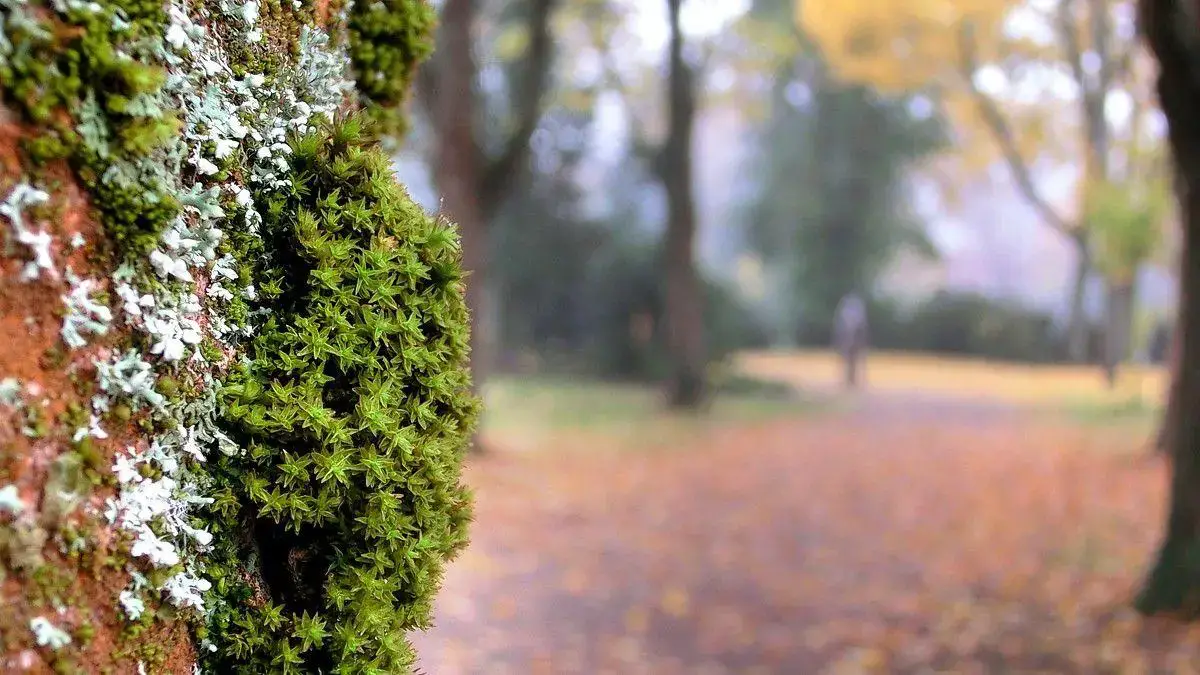
c036fb213bd5fa6044470437e0a9484e.jpg from: https://www.pinterest.com/pin/orthotrichum-obtusifolium–144255994284252770/
and recurved when moist. The costa, or midrib, is prominent and extends to the leaf apex.
One of the most striking features of this moss is its highly papillose leaf cells, which give the plant a rough or granular texture. These papillae are thought to play a role in water retention and protection against desiccation, allowing the moss to thrive in dry environments.
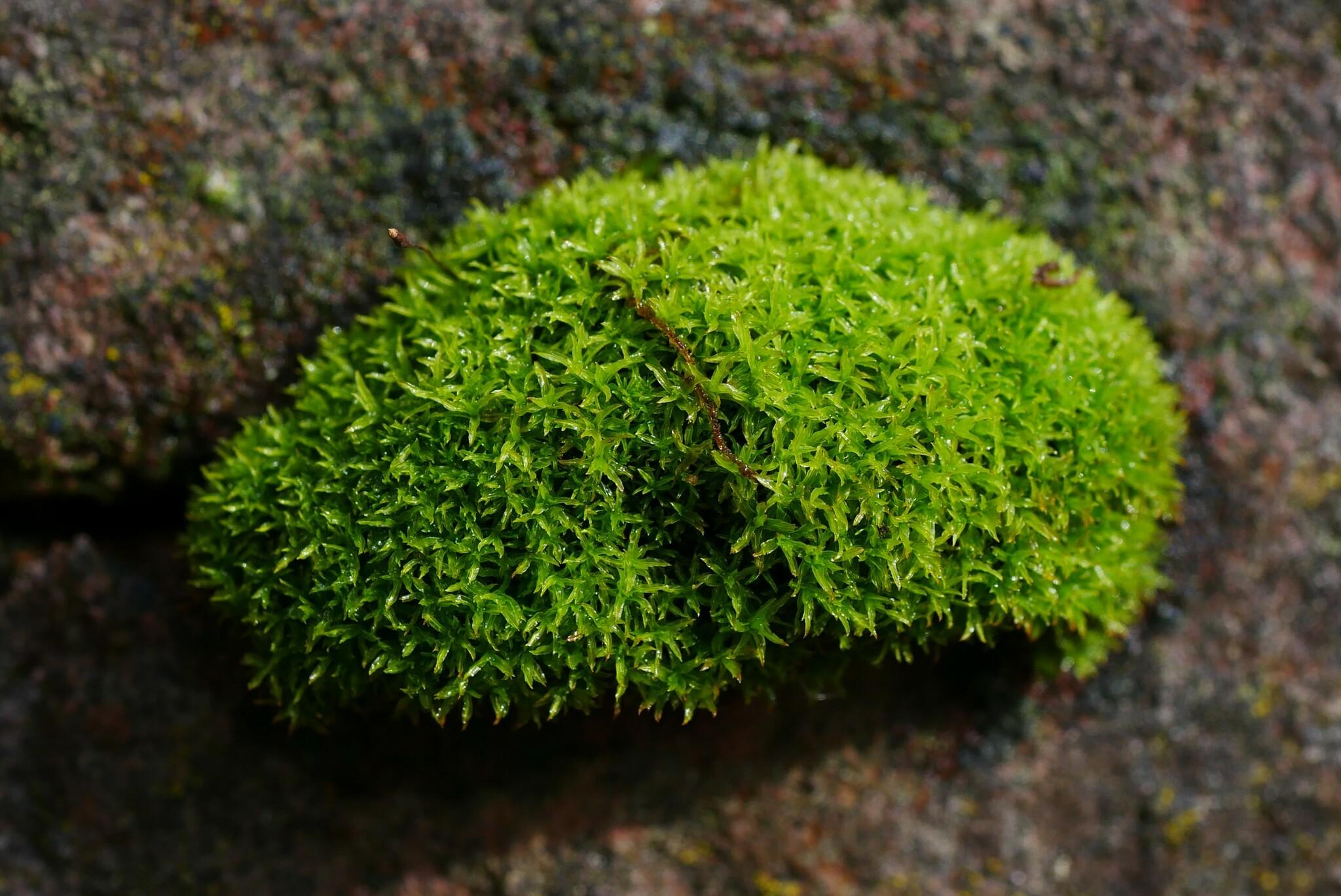
original.jpeg from: https://www.gbif.org/es/species/4280646
Global Distribution and Habitat
Streblotrichum obtusifolium is widely distributed across various regions of the world, including North America, Europe, Asia, and Africa. It is particularly abundant in temperate and subtropical areas, where it can be found growing on a variety of substrates, such as soil, rocks, tree bark, and even concrete surfaces.
This moss exhibits a remarkable ability to colonize and thrive in disturbed or degraded habitats, making it a pioneer species in ecological succession. Its tolerance for a wide range of environmental conditions, including drought and pollution, contributes to its widespread distribution and success.
Ecological Roles and Adaptations
Despite its diminutive size, Streblotrichum obtusifolium plays vital roles in various ecosystems. As a primary producer, it contributes to the cycling of nutrients and the formation of soil through the accumulation of organic matter. Additionally, its dense mats provide microhabitats for a diverse array of invertebrates, fungi, and other microorganisms, supporting biodiversity in terrestrial environments.
One of the most remarkable adaptations of this moss is its ability to undergo
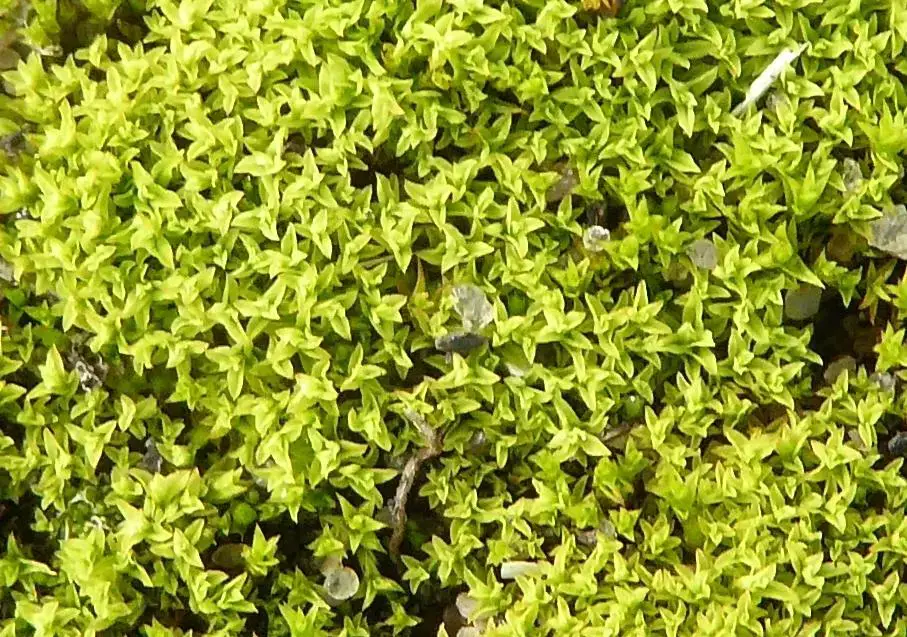
streblotrichum-convolutum-close.jpg from: https://learningaboutmosses.wordpress.com/2022/09/20/streblotrichum-convolutum-barbula-convoluta/
desiccation tolerance, a process that allows it to survive prolonged periods of drought by entering a state of suspended animation. During dry periods, the moss curls up and appears lifeless, but upon rehydration, it rapidly revives and resumes its metabolic activities, a testament to its resilience and evolutionary success.
Case Studies/Examples
In urban environments, Streblotrichum obtusifolium has been observed colonizing various man-made structures, such as concrete walls, pavements, and even rooftops. This ability to thrive in human-modified habitats has led to its use in
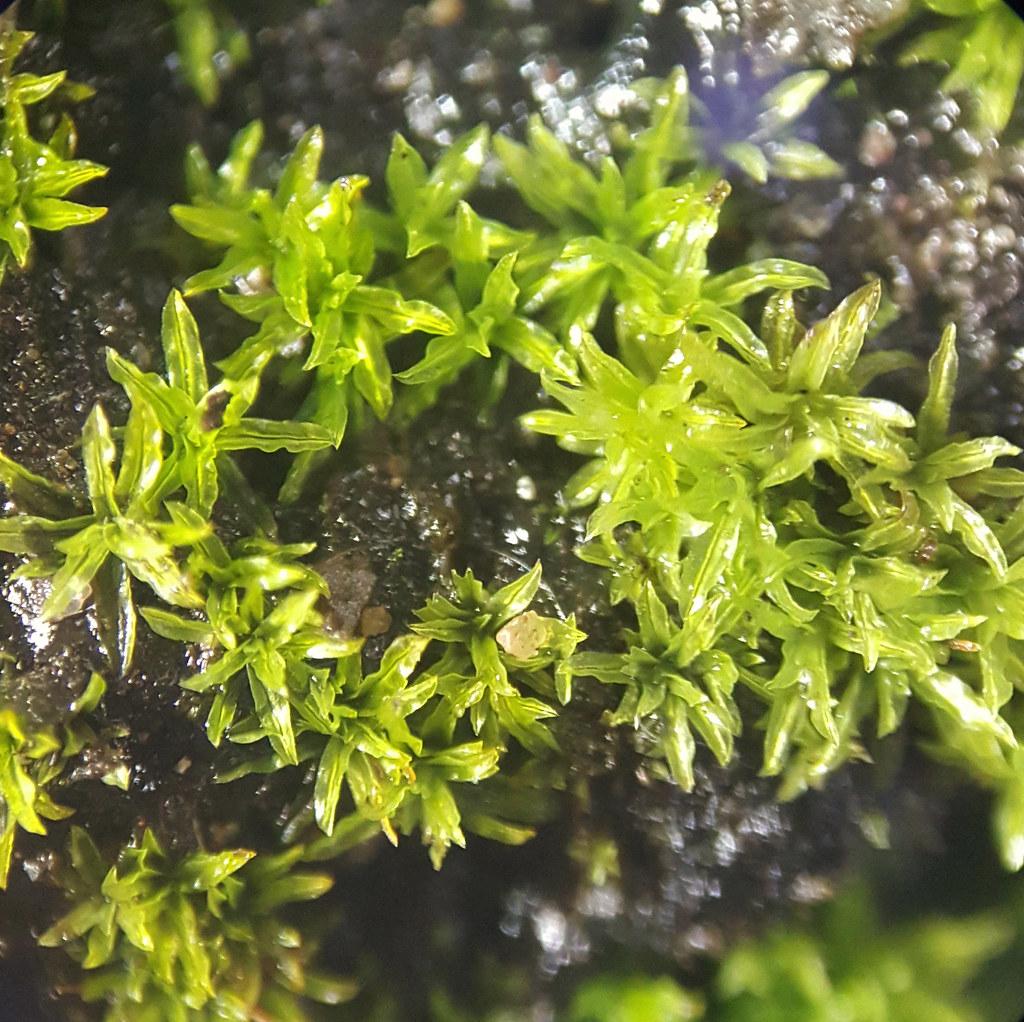
49830520867_170039c2f1_b.jpg from: https://www.flickr.com/photos/21657471@N04/49830520867/
green roof and living wall projects, where it contributes to insulation, stormwater management, and aesthetic appeal.
Technical Table
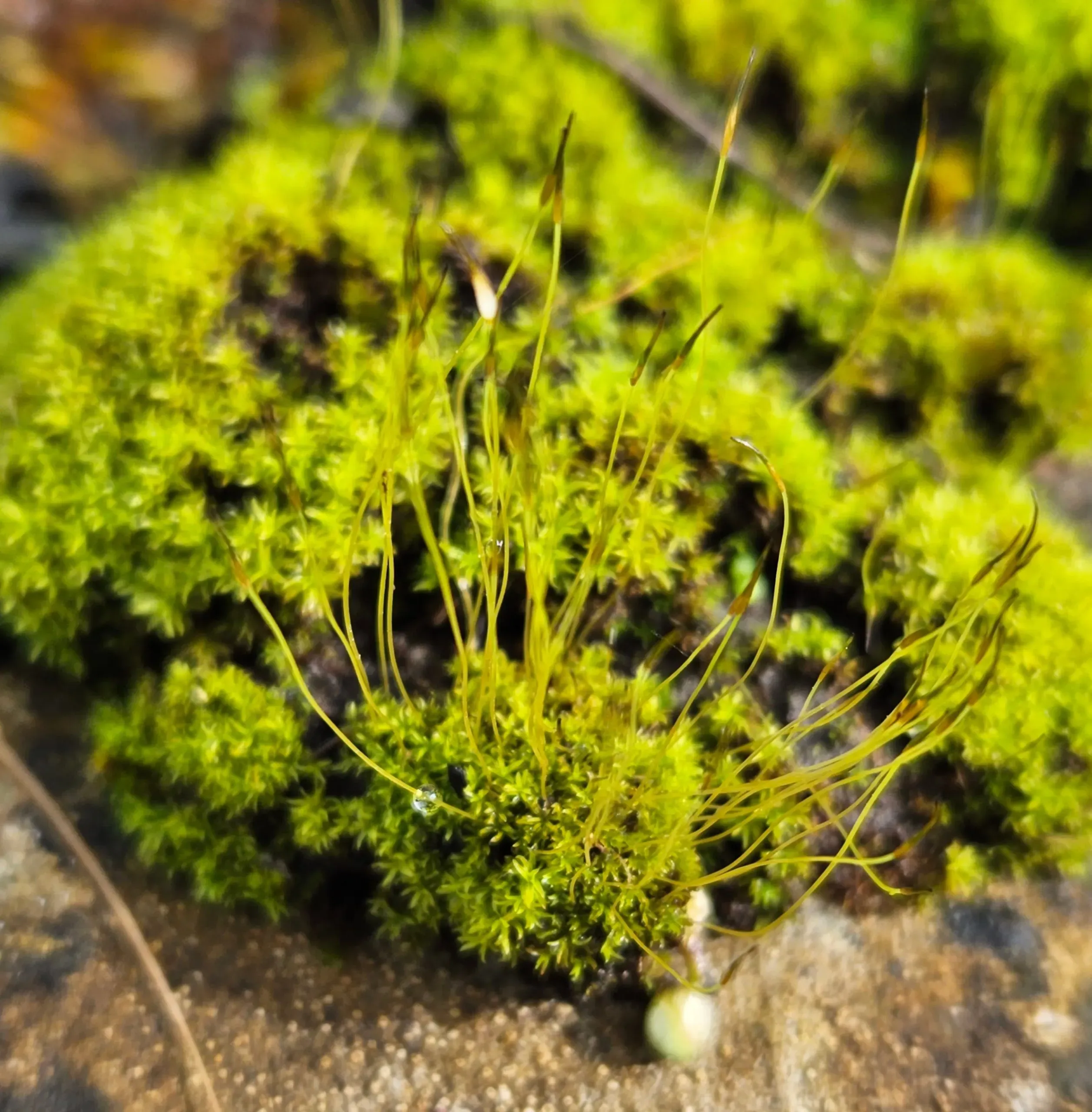
Streblotrichum-convolutum-Lesser-Birds-claw-Beard-moss-1-scaled.jpg from: https://buxtonfieldclub.org.uk/the-wildlife-places/wildlife-places-in-the-high-peak/cowlow/
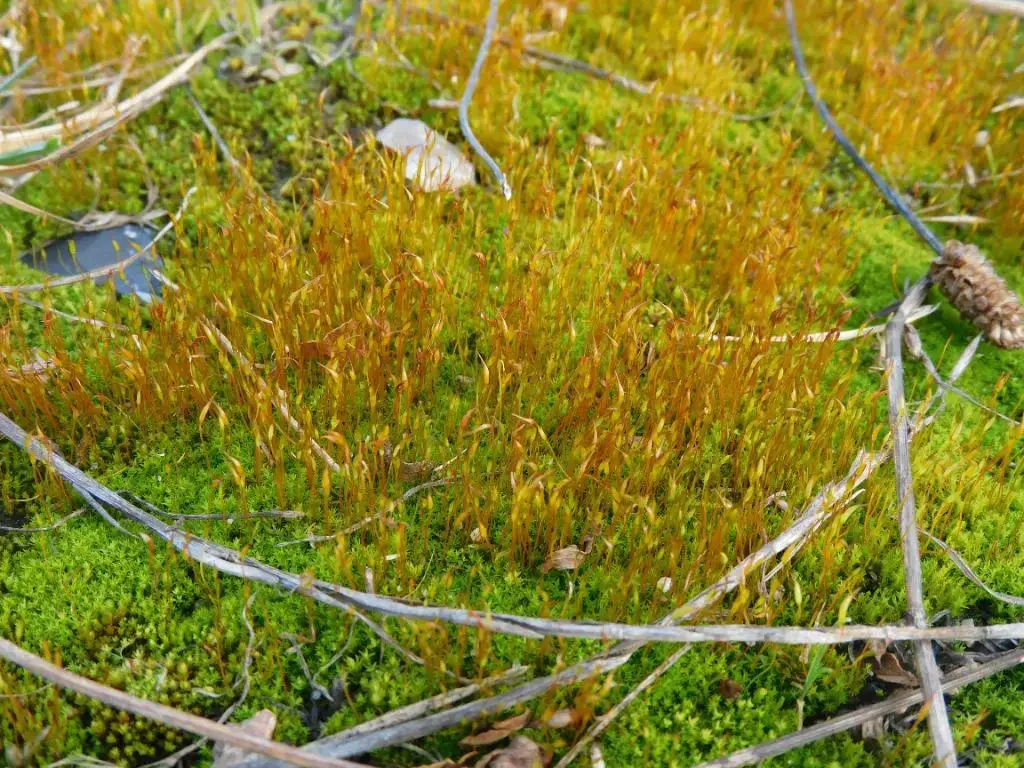
obsfoto_e23c358f-1c11-42aa-ba2f-4ef3dd8a104c.jpg from: https://www.naturbasen.dk/art/12854/violet-snohaar
| Characteristic | Description |
|---|---|
| Family | Pottiaceae |
| Genus | Streblotrichum |
| Species | obtusifolium |
| Growth Form | Acrocarpous, cushion-like tufts or mats |
| Leaf Shape | Oblong-lanceolate, obtuse apex |
| Leaf Texture | Highly papillose, rough or granular |
| Costa | Prominent, extending to leaf apex |
| Habitat | Soil, rocks, tree bark, concrete surfaces |
| Distribution | Widespread in temperate and subtropical regions |
| Adaptations | Desiccation tolerance, drought resistance |
Conclusion
The
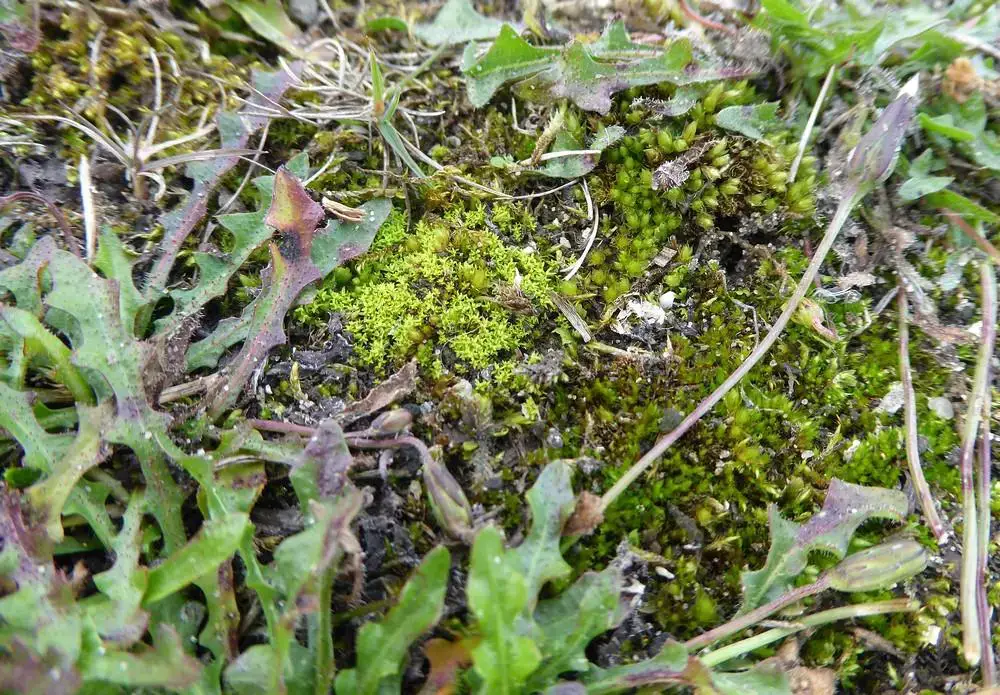
52371423353_b78c5f636e_b.jpg from: https://www.flickr.com/photos/184653456@N02/52371423353/
Streblotrichum obtusifolium (Hilp.) P.C.Chen moss, a member of the Pottiaceae family and commonly known as Streblotrichum, is a remarkable example of nature’s resilience and adaptability. Its unique morphological features, global distribution, and ecological roles make it a fascinating subject of study for bryologists and naturalists alike.
As we continue to explore and appreciate the diversity of life on our planet, this unassuming moss serves as a reminder of the intricate web of interconnections that sustain our ecosystems. Perhaps the next time you encounter a small, cushion-like growth on a rock or tree trunk, you’ll pause and marvel at the incredible journey of this ancient and resilient
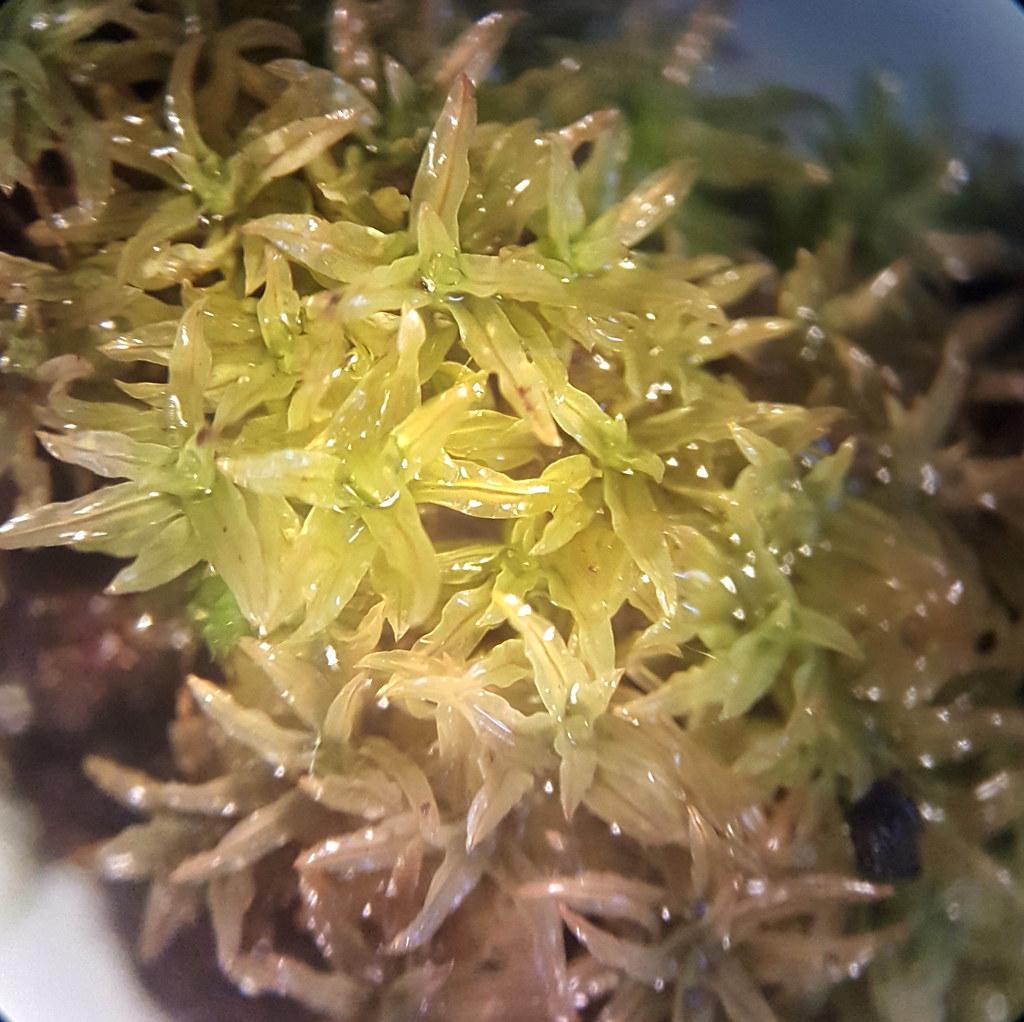
49784491142_353cd85c7a_b.jpg from: https://www.flickr.com/photos/silybum/49784491142
Bryopsida species.
Ponder this: In a world where change is constant, what lessons can we learn from the adaptability and perseverance of the humble Streblotrichum obtusifolium?
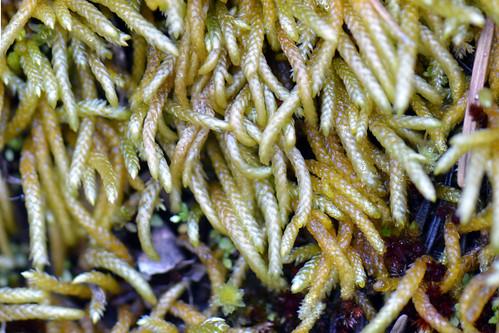
8743581062_0c48a8b90e.jpg from: https://www.flickr.com/photos/tabtannery/8743581062